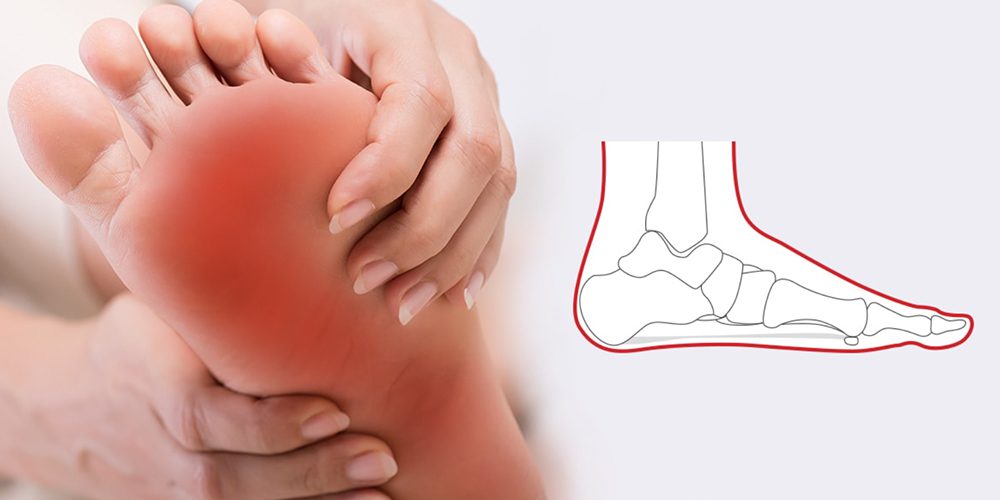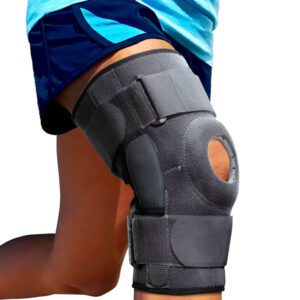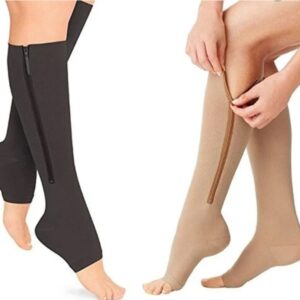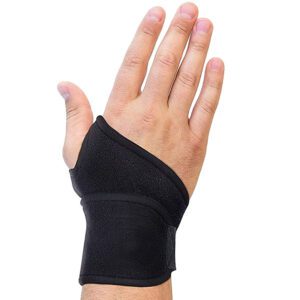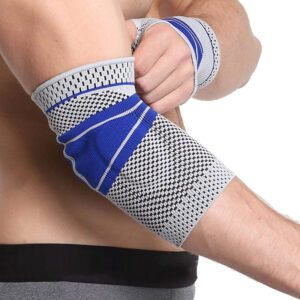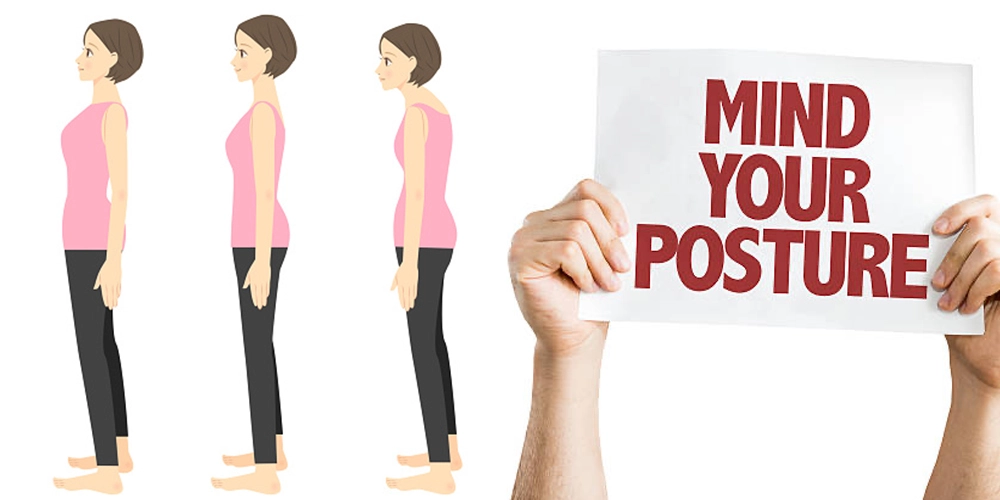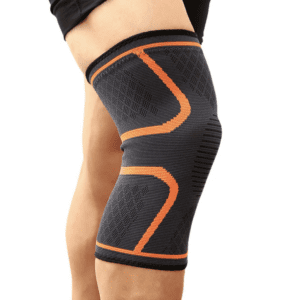Do you have flat feet? If so, you’re not alone. In fact, about 1 in 4 people have flat feet. While this condition usually doesn’t cause any problems, it can lead to foot pain and other health issues if left untreated. The good news is that there is a solution: supportive insoles! In this blog post, we will discuss the causes of flat feet and how supportive insoles can help fix the problem.
What are flat feet and what causes them?
Flat feet (also called pes planus or fallen arches) is a condition in which the arch of the foot collapses, with the entire sole of the foot coming into complete or near-complete contact with the ground. When someone stands on their toes, an arch forms on the inside of the foot as the heel lifts off the ground. This arch is formed by two major bones in the foot, known as the medial cuneiform and the cuboid, which come together to form a joint known as the talonavicular joint. The arch provides support and shocks throughout the liftoff phase of gait. However, when these bones do not come together correctly or when ligaments supporting them are too relaxed, flat feet can result. The condition is relatively common and generally does not cause any pain or other problems. However, it can occasionally lead to pain in the heels or ankles and may also make it difficult to wear shoes comfortably. Treatment generally focuses on addressing any underlying conditions that may be causing the flat feet or on relieving any pain that may be present. Orthotic devices may also be used to help support the arches of the feet.
How can supportive insoles help fix the problem?
Supportive insoles can be a godsend for those with flat feet or fallen arches. By providing additional support and cushioning, they can help to alleviate pain and improve balance. Additionally, they can help to improve your posture and prevent stress injuries. However, it is important to choose the right type of insole for your needs. For instance, if you have high arches, you will need a different type of insole than someone with flat feet. Speak to your doctor or physiotherapist to find out which type of insole is right for you. You should also make sure to break in your new insoles gradually to avoid any discomfort. With the right pair of supportive insoles, you can say goodbye to foot pain and hello to better health overall.
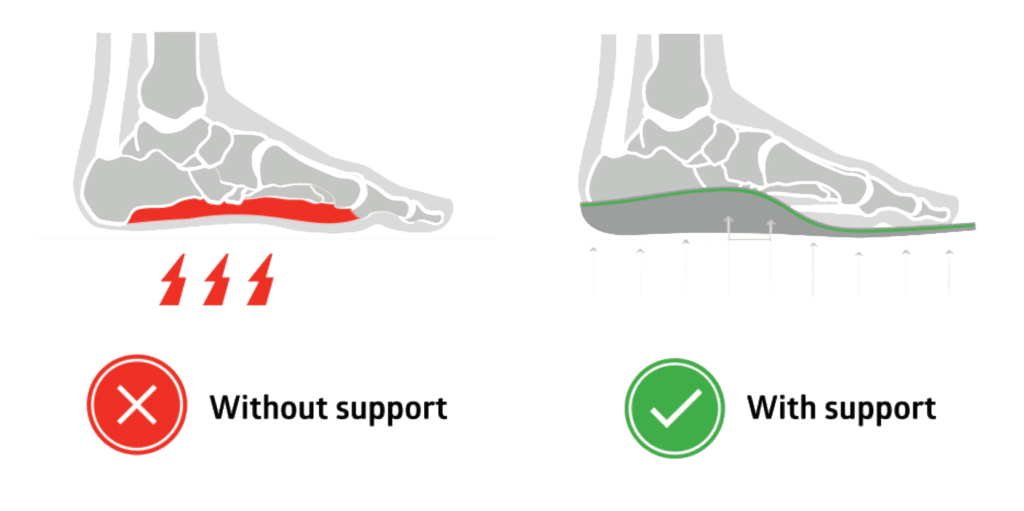
The two primary types of arch supports are semi-rigid and rigid. Both types are designed to control pronation, support the arch and distribute body weight more evenly throughout the foot. Semi-rigid arch supports are usually made of a pliable material that provides flexibility and shock absorption. They’re often used in shoes for walking, running and other activities that put moderate stress on the feet. Rigid arch supports are usually made of a firmer material, such as plastic or carbon fiber. They’re often used in shoes for high-impact activities, such as basketball, tennis and running. Arch supports can be purchased over-the-counter or custom-made by a podiatrist to fit your specific foot type and situation. If you have flat feet or fallen arches, wearing shoes with arch supports may help relieve pain, improve your foot function and prevent further deformity.
Are there any other treatments for flat feet that can be helpful as well?
While custom-made orthotics are often the most effective treatment for flat feet, there are a number of other options that can also be helpful. For instance, physical therapy can help to strengthen the muscles and tendons around the foot, which can in turn help to improve its overall function. In addition, taping or bracing the foot can provide support and stability, and help to alleviate pain. Athletic shoes with good arch support can also be beneficial, and special exercises that target the foot and ankle muscles can help to improve flexibility and reduce pain. While there is no cure for flat feet, these various treatments can often help to improve symptoms and make it easier to live with this condition.
How can you tell if you have flat feet and when should you see a doctor about it?
One of the most common questions I get asked is whether they have flat feet and if so, what can be done about it. While the answer to the first question is usually pretty straightforward, the second question is a bit more complicated. In order to understand when you should see a doctor about your flat feet, it’s important to know a bit about the anatomy of the foot and how it affects function. The foot is made up of 26 bones, 33 joints, and over 100 muscles, tendons, and ligaments. The arch of the foot is made up of two bones, the talus and the calcaneus, which are connected by ligaments. The arch provides support for the foot and helps to distribute body weight evenly across the foot. Flat feet occur when there is decreased or absent arch height. This can be due to genetic factors, age-related changes in the structure of the foot, or injury. While some people with flat feet experience no pain or problems with their feet, others may experience problems such as pain in the feet, ankles, knees, or lower back; difficulty standing for long periods of time; or fatigue during activities such as walking or running. If you are experiencing any of these symptoms, it’s important to see a doctor so that they can properly diagnose and treat your condition.
There are a number of different treatments for flat feet, depending on the severity of the condition. For mild cases, stretching and strengthening exercises may be recommended. For more moderate cases, custom-made orthotics or shoe inserts can be helpful in providing support for the arch and distributing body weight more evenly. In severe cases, surgery may be necessary to correct the problem. If you think you may have flat feet, it’s important to see a doctor so that they can properly diagnose and treat your condition.
How can you prevent flat feet from developing in the first place?
While flat feet can occur naturally or be the result of an injury, there are several things you can do to help prevent them from developing in the first place. First, make sure to wear shoes that provide adequate support. This is especially important if you are an athlete or have a job that requires you to stand for long periods of time. Second, try to maintain a healthy weight, as excess weight can put additional strain on your feet and lead to flat feet. Finally, Strengthen your foot muscles by doing exercises such as picking up marbles with your toes or balancing on one foot for 30 seconds at a time. By taking these steps, you can help prevent flat feet from developing or becoming worse.
The best exercises for flat feet
If you have flat feet, you may experience pain and difficulty when exercising. However, there are certain exercises that can help to improve the condition of your feet and reduce pain.
Toe Raises: One of the best exercises for flat feet is toe raises. To do this exercise, stand on a step with your heels hanging over the edge. Slowly raise your toes so that you are standing on your tip-toes, then lower them back down again. This exercise helps to strengthen the muscles in your feet and improve flexibility.
Calf Raises: Another good exercise for flat feet is calf raises. Start by standing with your feet shoulder-width apart and your hands on a wall for support. Raise your heels so that you are standing on your toes, then slowly lower them back down again. This exercise helps to stretch the muscles in your calves and improve balance.
Towel Grabs: One simple exercise is to sit on the floor with your legs straight out in front of you. Place a small towel under the ball of your foot, and then scrunch up the towel with your toes. Hold for three seconds and then release. Repeat 10 times.
Balance Exercises: Standing on one leg or walking heel-to-toe can help to improve your proprioception (sense of position). And finally, stretching exercises such as pointing and flexing your toes can help to release tightness in the muscles and tendons around your feet.
Toe Walking: One of the best exercises for flat feet is walking on your toes. This helps to strengthen the muscles in the feet and improve balance. Another good exercise is standing on one leg and raising the other leg off the ground. This helps to strengthen the muscles around the ankle and improve stability.
If you have flat feet, regular exercise can help to improve the condition of your feet and reduce pain levels. Talk to your doctor or physiotherapist before beginning any new exercise regime.
The best shoes and insoles to fix flat feet
Flat feet can be a cause for concern for many people. While some simply view it as a cosmetic issue, flat feet can actually lead to pain and problems further up the kinetic chain. However, there is no need to worry, as there are a number of different shoes and insoles that can help to fix flat feet. For example, motion control shoes are designed to limit pronation, while arch support insoles can help to provide additional support for the arch of the foot. In addition, orthotics can be used to treat more severe cases of flat feet.
When it comes to choosing the best shoes and insoles to fix flat feet, there are a few things you need to take into account. First and foremost, you need to make sure that the shoes you choose offer adequate support. This is especially important if you are an athlete or if you have flat feet. You also need to make sure that the shoes fit well and that they do not rub or pinch your feet. Insoles can also be extremely helpful in providing additional support and cushioning for your feet. There are a variety of different types of insoles available, so it is important to choose one that is right for you. Finally, it is important to remember that it may take some time to get used to wearing shoes and insoles with flat feet. However, once you find the right pair, you will be able to enjoy all the benefits they have to offer.
Takeaways
If you’re one of the millions of people who suffer from flat feet, don’t worry – there are plenty of solutions available to you. In this article, we have outlined a few different exercises that can help to improve the condition of your feet and reduce pain levels. We have also provided a list of the best shoes and insoles to fix flat feet. Remember, it is important to choose the right shoes and insoles for your feet, as well as to take some time to get used to wearing them. With a little bit of patience and perseverance, you will be able to enjoy all the benefits that come with having healthy feet. Thanks for reading!
We hope you enjoyed this blog post. If you have any questions or comments, please feel free to leave them in the comment section below. We would love to hear from you! Thanks for reading!





